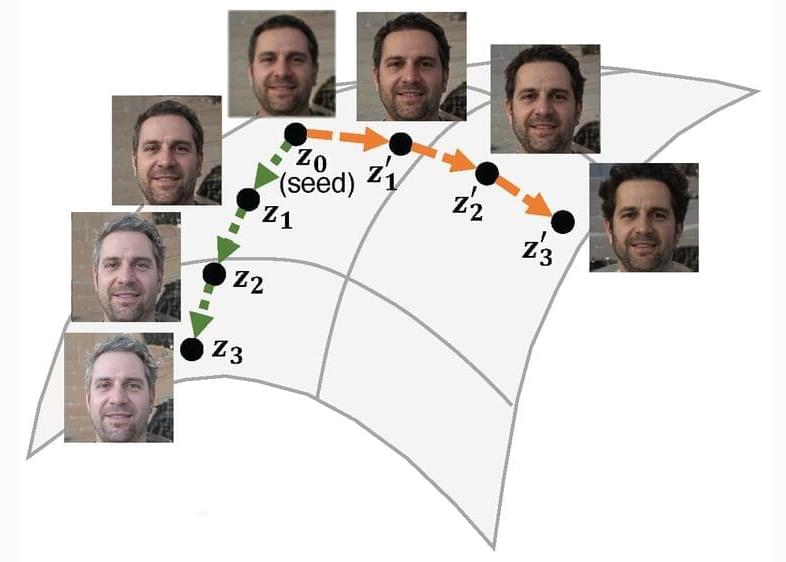Greg Brockman, President and Co-Founder of @OpenAI, joins Alexandr Wang, CEO and Founder of Scale, to discuss the role of foundation models like GPT-3 and DALL·E 2 in research and in the enterprise. Foundation models make it possible to replace task-specific models with those that are generalized in nature and can be used for different tasks with minimal fine-tuning.
In January 2021, OpenAI introduced DALL·E, a text-to-image generation program. One year later, it introduced DALL·E 2, which generates more realistic, accurate, lower-latency images with four times greater resolution than its predecessor. At the same time, it released InstructGPT, a large language model (LLM) explicitly designed to follow instructions. InstructGPT makes it practical to leverage the OpenAI API to revise existing content, such as rewriting a paragraph of text or refactoring code.
Before creating OpenAI, Brockman was the CTO of Stripe, which he helped build from four to 250 employees. Watch this talk to learn how foundation models can help businesses benefit from applications that they can create more quickly than with past generations of AI tools.






